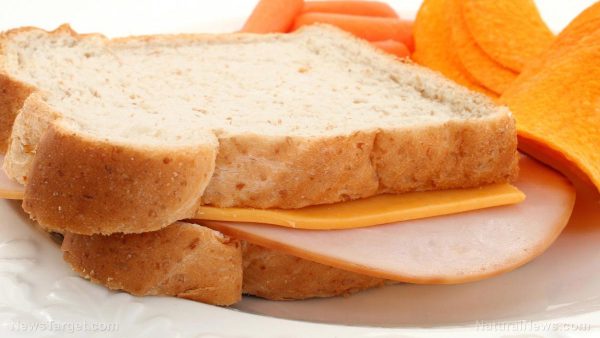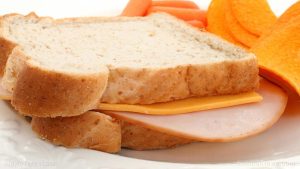
Diglycerides– toxicity, side effects, diseases and environmental impacts
Tuesday, December 05, 2017 by Janine Acero
http://www.naturalpedia.com/diglycerides-toxicity-side-effects-diseases-and-environmental-impacts.html

- Powders — Molten mono- and diglyceride or distilled monoglyceride is sprayed into a chamber which solidify into spheres. This is the most common form of mono and diglycerides.
- Hydrates — Typically manufactured by taking liquid mono- or diglyceride and adding it to water. The process makes for a highly functional emulsifier.
- Distilled — This process can form an almost pure monoglyceride (over 90 percent mono). It can either be a powder, flake, or pastille.
- Shortening-style — Semi-solid mono- and diglycerides at room temperature pass through a scraped surface heat exchanger to make a paste. This process has crumb softening effects.

List of known side effects
There are no known adverse side effects of mono- and diglycerides; the body metabolizes all components identical to the normal acids and natural fat. The individual components of the mono- and diglycerides are also produced normally in the body when digesting normal fat.
Body systems affected by diglycerides
Based on long-term animal feeding studies, there was a significant increase in liver weight and some renal calcification, but there was no histopathological evidence of toxicity generally.
According to the Harvard School of Public Health, consuming two percent of your daily calories as trans fat (trans-fatty acids) can raise your risk of coronary artery disease. It may also contribute to inflammation, stroke and diabetes. Trans fat consumption may also lead to obesity.
Items that can contain diglycerides
Processed foods, especially baked goods (bread, crackers, flour tortillas, etc), are the main source of mono- and diglycerides. Other products include peanut butter, mayonnaise, soft drinks, candy, gum, coffee creamer, ice cream, pasta mixes, potato chips, most packaged desserts, salad dressings, margarine, and other spreads. Basically, any food product that combines water and oil.
How to avoid diglycerides
Although mainly vegetable oils are used, animal fat may be used to produce these additives. Therefore, some vegetarians may want to avoid them. However, eating processed foods and baked goods will make it difficult to avoid mono- and diglycerides.
According to FoodBabe.com, the “No Trans Fat” label in foods means that the product contains less than 0.5 grams of trans fat per serving, but they could still contain additional trans fat from hidden sources like mono- and diglycerides.
Where to learn more
- 6 Dangerous Food Additive to Avoid
- Shamrock Shakes! – Green No. 3 & More!
- Sneaky meat byproducts may be making you sick – but where are they hiding?
- Are You Being Poisoned On a Daily Basis?
- How can they call this bread? Here’s what’s in a fast food bun
Summary
Diglycerides (and monoglycerides) are food emulsifiers found in many processed foods but are more commonly used in bakery products.
Mono- and diglycerides are used to improve the appearance, texture and shelf life of many food products.
Consuming high amounts of trans fat (fatty acids found in mono- and diglycerides) can raise your risk of coronary artery disease, stroke and diabetes. It may also lead to obesity.
Sources include:
Tagged Under: Tags: Diglycerides





